How do I know my dog's breed?
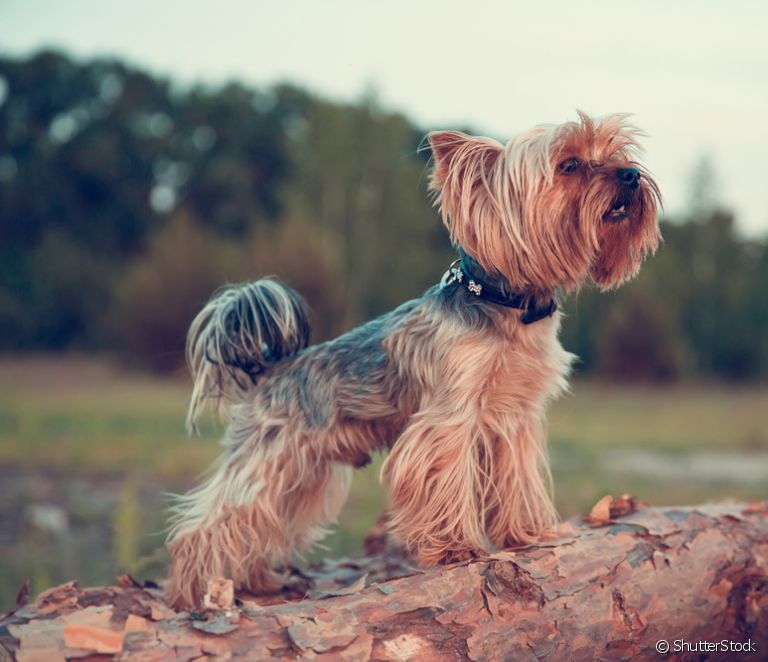
Table of contents
Some breeds have very particular characteristics: the Beagle, for example, is a classic example of a dog with big ears; while the Chow Chow is recognized everywhere because of its thick and dense coat. But did you know that this identification is not always easy? Many pet parents are always wondering "how to find out the breed of my dog?", Especially when the animal is adopted andthere is no information about their ancestors.
So how do you know if the dog is a breed? What traits should be observed when getting a puppy? Breeds can be divided by sizes, behaviors and more specific characteristics - such as the shape of the animal's head - can help to unravel this. See some tips and find out how to know the breed of the dog!
How do I know my dog's breed?
If you have acquired a puppy from a specialized kennel and it has a pedigree, you should already know the breed of your dog. However, when the animal is adopted and does not have a known origin, it is very common for owners to ask themselves: "how do I know if my dog is a breed?" In these cases there is usually no information about the dog's parents, so it can be of a pure breed or derive from the crossing ofvarious breeds.
No matter what the situation, there are a few tactics to help you know if a dog is a breed. You should look at physical characteristics, such as the shape of the head, muzzle, ears, and the type of fur.
1) Head shape - If you don't know how to find out dog breed, the tip is to pay attention to the shape of the animal's head. There are three types of dog skulls: dolichocephalic, mesocephalic and brachycephalic. Dolichocephalic dogs have a long and longer head, as is the case with the Border Collie. Mesocephalics are dogs with a head more proportional to the body, such as the Beagle. Finally, thebrachycephalics have a short skull and a wider head shape, like the English Bulldog.
2) Snout - The dog's muzzle is a parameter to identify the breed. The flattened muzzle, for example, is characteristic of brachycephalic dogs, as in the case of Bulldogs, Shih Tzu and Boxer types. If your dog does not have a flattened muzzle, look at the size and shape: if it is long, as in the case of the Greyhound, or even wider, as in the case of the Pitbull.
3) Ears - Looking at the dog's ears is another useful tactic to try and figure out your friend's breed. Some dogs have pointed ears that are upwards, such as the Siberian Husky and German Shepherd. There are also dogs with triangular ear shapes, but they are downwards, such as the Labrador, Golden Retriever and Pitbull. Finally, another possibility are those dogs with earslarge and long on the side of the face, such as the Basset Hound, Cocker Spaniel and Dachshund.
4) Type of coat - One way to know the breed of dog is to look at the coat of the animal, as there are different types: short, long, smooth, wavy, curly, hard ... the appearance, as well as the length, are relevant characteristics. In some breeds of dog, short hair is the main one, such as the Pinscher and the Weimaraner. Long hair is associated with breeds such as the Bernese and Yorkshire.
In terms of appearance, dogs with straight hair can be Shih Tzu, Lhasa Apso and others. Wavy hair is common in the American Cocker Spaniel and Golden Retriever; while dogs with curly hair resemble Poodles and Bichon Frisé. Hard-coated animals, popularly called "wire-haired", can resemble the Schnauzer, and there are also dogs with two layers of hair that resemble each other.look like Chow-Chows.


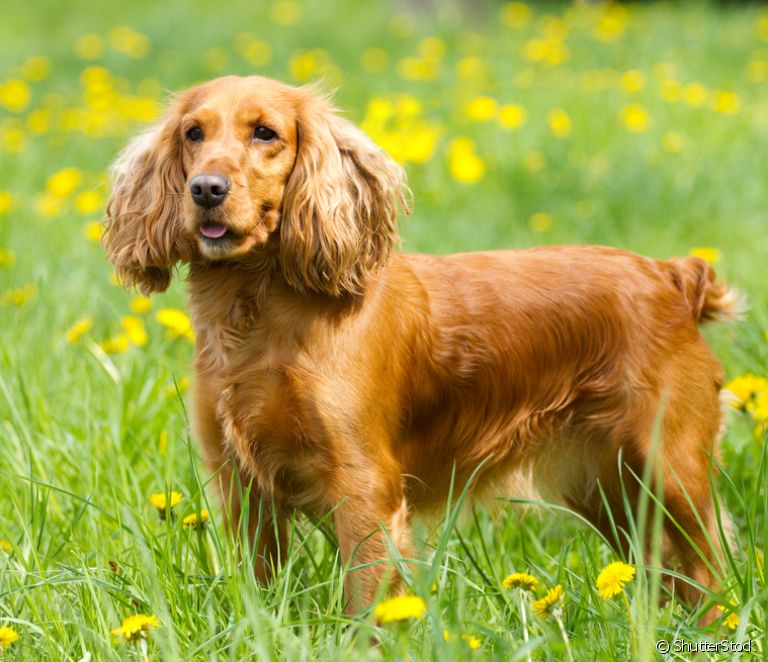
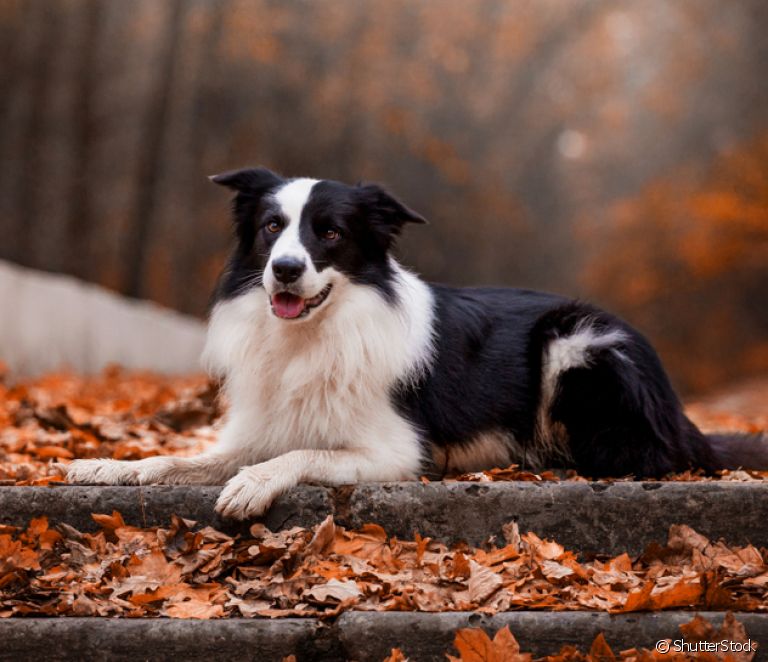

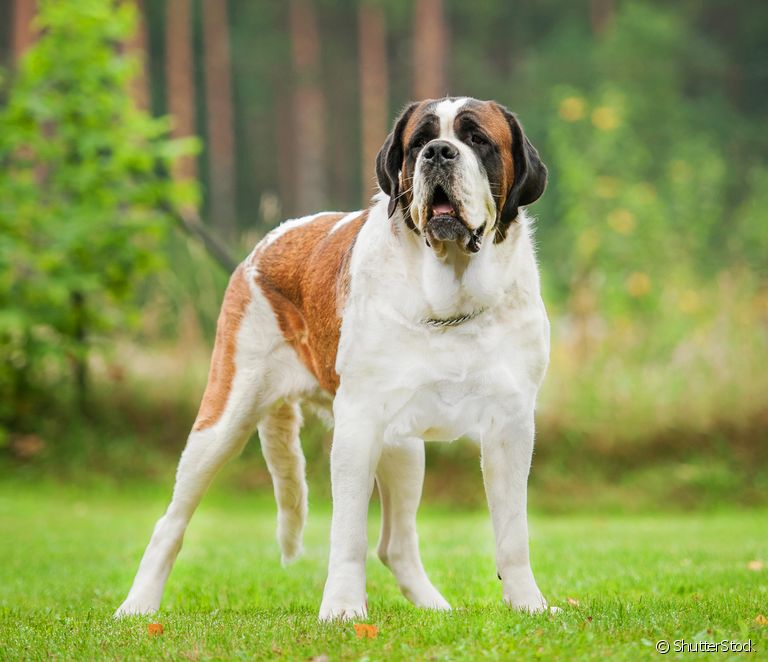
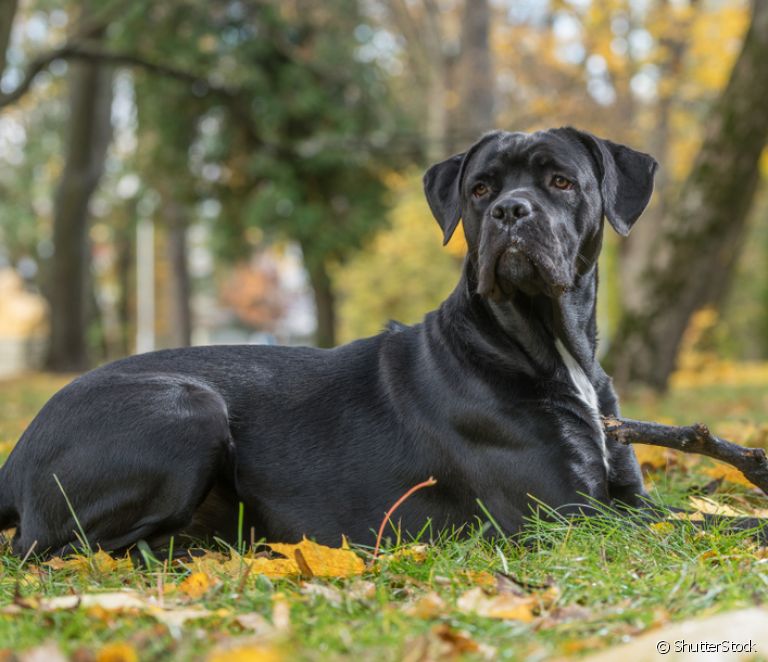
Size and weight of the animal help how to find out dog breed
In addition to these characteristics, the height and weight of the dog should also be taken into account to find out dog breed. There are breeds of all sizes. The Pinscher 0, for example, reaches up to 15 cm. Meanwhile, the largest dog in the world was a Great Dane that reached 1.19 meters in height. See what the height and weight averages are for each size:
- Miniature dog : height below 25 cm and weight up to 5 kg;
- Small dog height 28 to 35 cm and weight 5 to 15 kg;
- Medium dog height 36 to 49 cm and weight 15 to 25 kg;
- Big dog height 50 to 69 cm and weight 25 to 45 kg;
- Giant dog height over 70 cm and weight over 45 kg;
Yorkshire, Shih Tzu, Pug, and Dachshund are some well-known small dog breeds, while medium-sized dogs are the Beagle, Cocker Spaniel, and Border Collie. They're not small, but they're not huge either. Both sizes make great apartment dog options!
The most popular large dog breeds are the Labrador, Akita, and German Shepherd, while giant dogs can be the Great Dane, Cane Corso, and Saint Bernard. They need a little more space to live comfortably, but there's nothing to stop a large dog from living in an apartment (as long as they expend energy daily).
Similar dog breeds: how to tell each one apart?
Some dog breeds can have characteristics so similar as to confuse those who don't know them well. In these cases, observing the details is even more important. See a comparison of the most similar dogs and learn how to find out dog breed:
- English Bulldog X French Bulldog
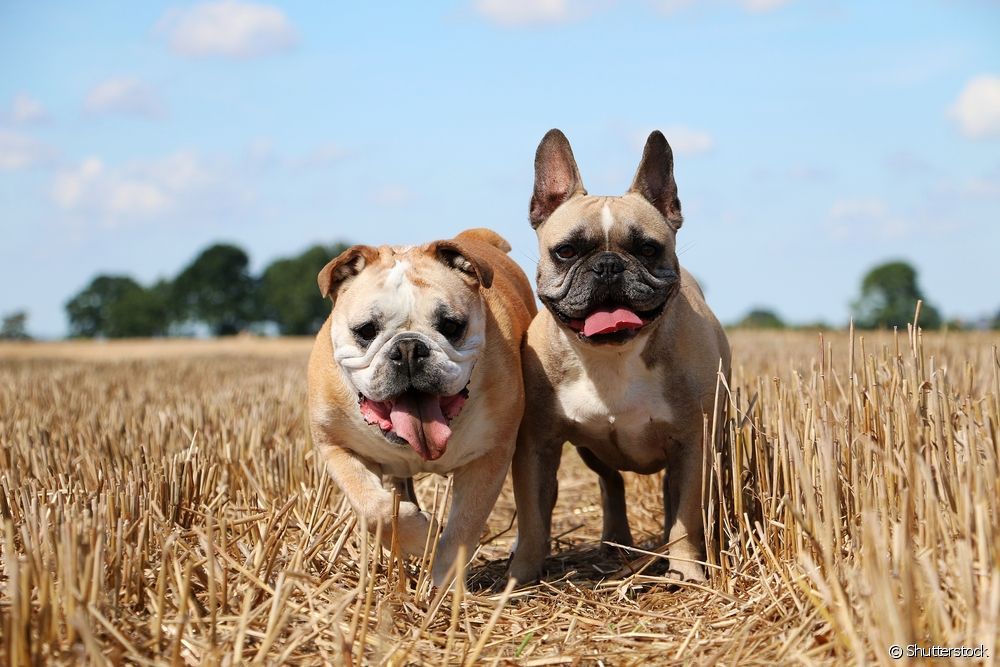
It is normal to be confused when it comes to differentiating between English Bulldog and French Bulldog, but believe me: there are distinctions between these little dogs! Although both are classified as brachycephalic dogs and have a flat snout, size is one of the main differences. While the English Bulldog fits as a medium-sized dog, and is larger and more muscular; the French Bulldog is small,more compact and less robust.
The dog's ears are another major difference: the French Bulldog has large, erect ears, while the English Bulldog's are smaller and droopy. Finally, the shape of the head can also help separate one breed from the other, as English Bulldogs have a wider, flatter skull; while the French Bulldog's head is more proportional to the body.
- Shih Tzu X Lhasa Apso

The Lhasa Apso or the Shih Tzu are dogs that look a lot alike! Even the most attentive eye can miss the differences between the breeds. To begin with, both the Shih Tzu and the Lhasa are small, hairy dogs. Size, therefore, is not a criterion that helps to distinguish them. In addition, they are also brachycephalic dogs and therefore have a shortened nose. But here it already beginsthe first difference: the Shih Tzu has this region very flat, while the Lhasa Apso's muzzle is more prominent.
In addition, the type of coat is one of the main characteristics that help to decipher each breed. The shorn Shih Tzu, for example, usually has slightly wavier hair, with a fine appearance. The Lhasa Apso is a dog that usually has smoother strands, with a thick and rough texture. These differences are usually accentuated when the dog is shorn.
See_also: Is dog shaking when sleeping normal?- Akita X Shiba

If you see a Shiba Inu and Akita side by side, you'll often be confused as to who is who. After all, they are dogs with very similar features and share the same origin: both are Japanese dogs. But if on the one hand the Akita is a large and imposing dog, on the other hand the Shiba Inu is a small to medium-sized dog. The type of coat also varies: even though the two breedshave hair and undercoat, the Akita has thicker and longer hair, while the Shiba has dense hair, but it does not reach the same volume.
Other characteristics that can be observed are the shape of the face and the tail. In the Akita, the head is wider with eyes and muzzle centered, giving the impression that they are cheeky, and the tail is rounded. In the case of the Shiba, the dog looks like a little fox, being more proportional and having less avant-garde cheeks, while the tail can have two shapes: the rounded andwhat looks like a sickle.
- Collie X Shetland Shepherd
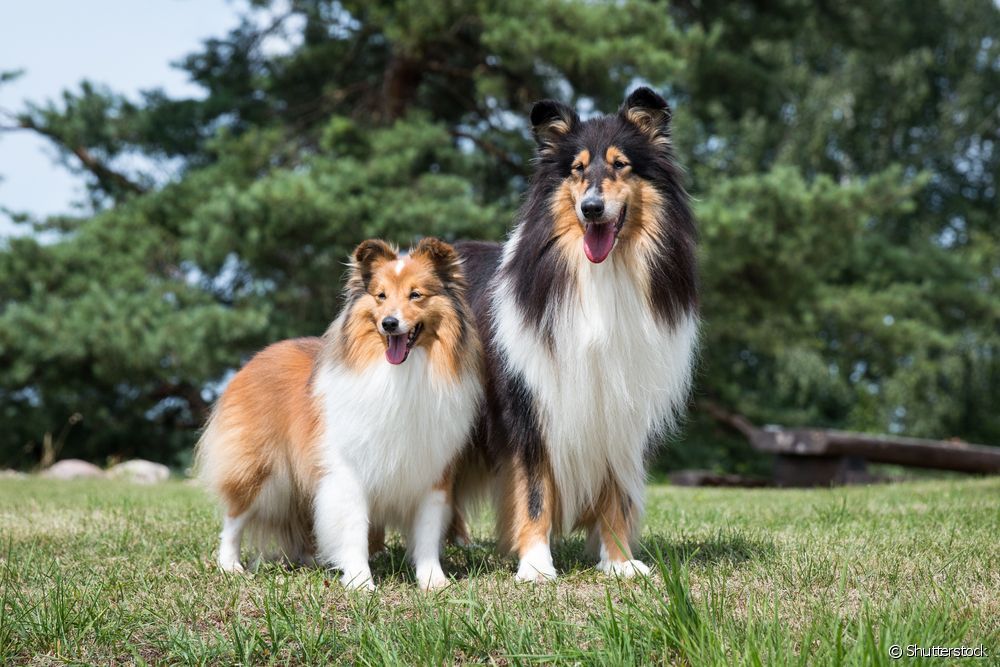
If you have come across these two breeds, you probably wondered: is it Collie or Shetland Shepherd? The differences, however, are quite evident and begin with the size of the animal. The Collie breed is considered medium-sized, while the Shetland Shepherd is a small dog and adapts quietly to smaller spaces, being a good apartment companion.
Both dogs have well-proportioned features, but if you look closely, the Collie has a more elongated face than the Shetland Shepherd. In addition, the Collie's coat can vary between short or long; while the Shetland Shepherd always has abundant hair that forms a mane around him.
See_also: Choking dog: veterinarian teaches what to do in this situationHow to tell if my dog is a breed: what defines mutts?
The mongrel - also known as a non-breed dog (SRD) - is nothing more than a puppy that is the result of crossing different breeds. Each one has a different genetic load, with unique and very varied characteristics. There can be hairy and large mongrel dogs, as well as small and short-haired non-breed dogs. There is no such thing as a mongrel."pattern" that defines these little dogs, but most of the time there are some common traits.
Generally, the mongrel dog is medium-sized, with short hair and more neutral tones. The caramel mongrel, for example, is one of the most well-known faces among Brazilians; but there are also several black, gray and beige dogs out there. But of course: nothing prevents the animal from having other colors, coat types or sizes.
In addition, we remember that puppies are a surprise box, and even with some striking characteristics while they are still growing, they can reach adulthood with another type of coat and even personality. Therefore, it is worth waiting for the puppy to reach at least eight months to try to identify its breed.

